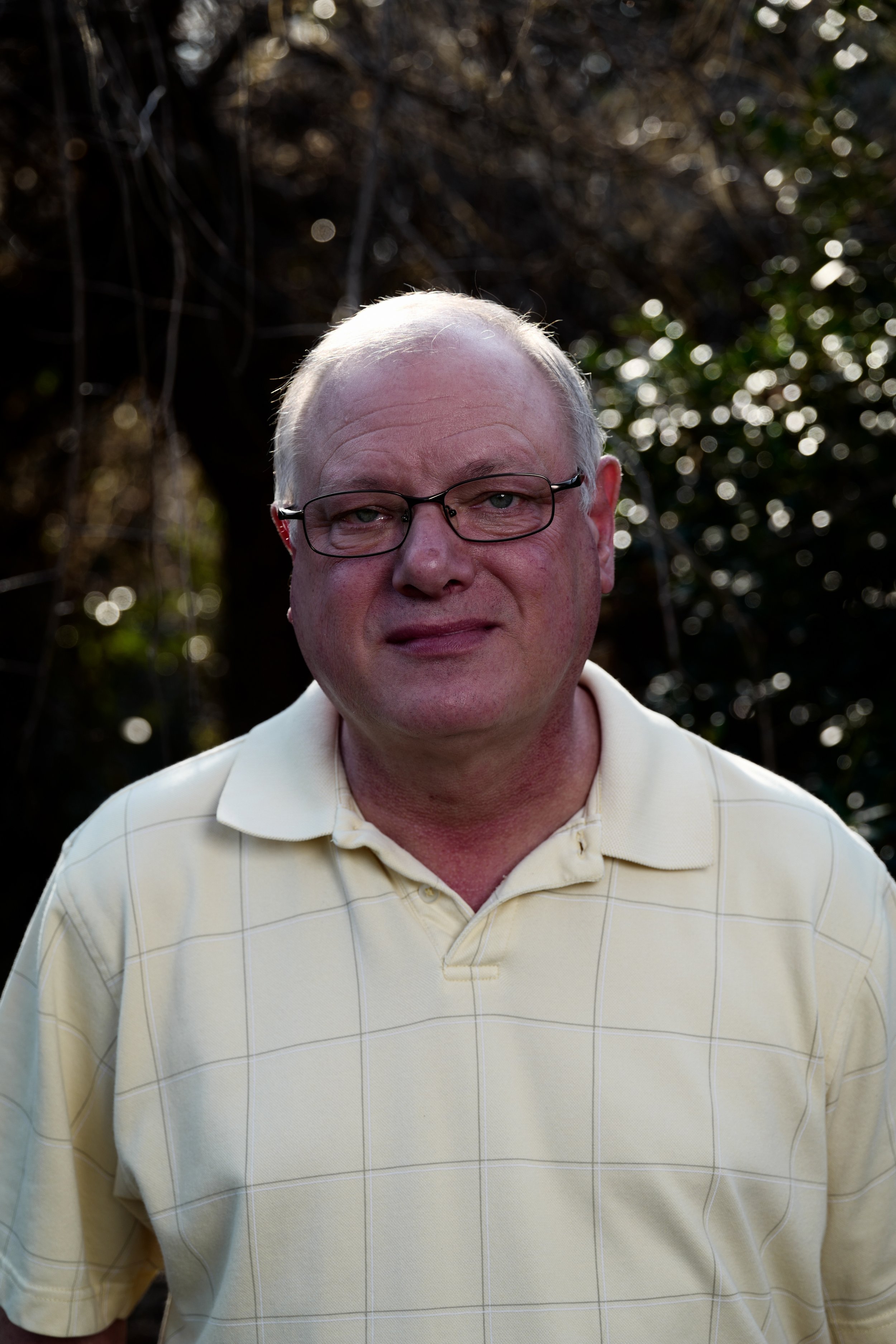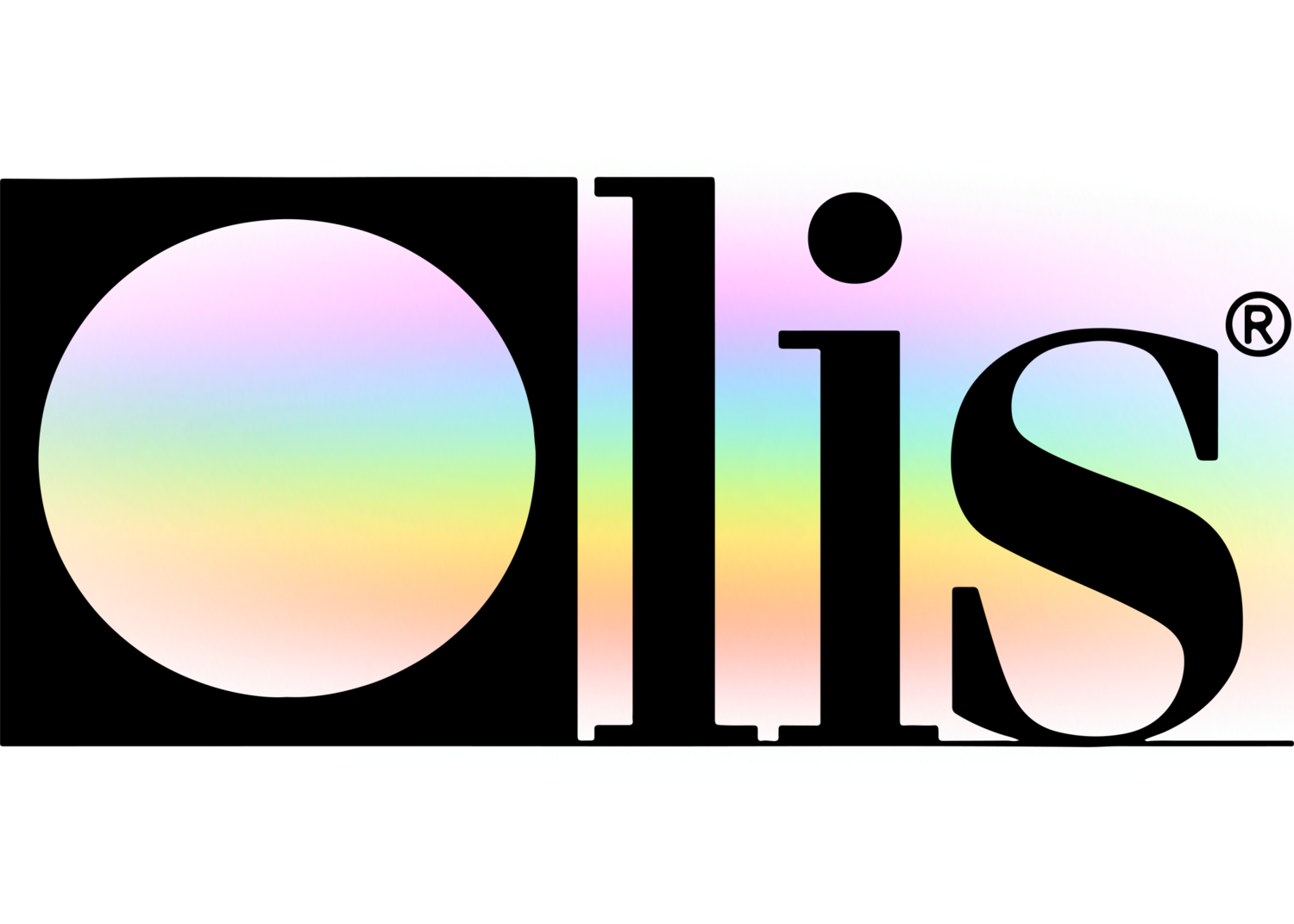Get This Report on Uv/vis
Get This Report on Uv/vis
Blog Article
Circularly Polarized Luminescence Can Be Fun For Everyone
Table of ContentsThe Basic Principles Of Circularly Polarized Luminescence The Uv/vis/nir PDFsSome Known Factual Statements About Circularly Polarized Luminescence Some Known Questions About Circularly Polarized Luminescence.Top Guidelines Of Circularly Polarized Luminescence6 Simple Techniques For Uv/visThe Definitive Guide to Circularly Polarized LuminescenceThe Best Strategy To Use For Uv/vis/nirThe Facts About Circular Dichroism Uncovered4 Easy Facts About Circular Dichroism ExplainedWhat Does Uv/vis Do?Getting The Circular Dichroism To WorkSee This Report on Circular Dichroism
It is then scanned through the sample and the reference services. Fractions of the incident wavelengths are sent through, or shown from, the sample and the reference. The resultant light strikes the photodetector gadget, which compares the relative strength of the two beams. Electronic circuits convert the relative currents into linear transmission portions and/or absorbance/concentration values.The transmission of a reference compound is set as a standard (datum) worth, so the transmission of all other substances are recorded relative to the preliminary "zeroed" substance. The spectrophotometer then converts the transmission ratio into 'absorbency', the concentration of particular elements of the test sample relative to the preliminary substance.
Given that samples in these applications are not easily available in big amounts, they are specifically matched to being examined in this non-destructive technique. In addition, precious sample can be conserved by making use of a micro-volume platform where just 1u, L of sample is needed for complete analyses. A brief description of the procedure of spectrophotometry consists of comparing the absorbency of a blank sample that does not contain a colored substance to a sample which contains a colored substance.
The Buzz on Uv/vis
In biochemical experiments, a chemical and/or physical residential or commercial property is picked and the procedure that is utilized is specific to that home in order to derive more info about the sample, such as the amount, pureness, enzyme activity, and so on. Spectrophotometry can be utilized for a variety of techniques such as identifying optimum wavelength absorbance of samples, identifying optimum p, H for absorbance of samples, identifying concentrations of unknown samples, and identifying the p, Ka of different samples.: 21119 Spectrophotometry is likewise a practical procedure for protein filtration and can also be used as an approach to develop optical assays of a substance.
It is possible to know the concentrations of a two component mix using the absorption spectra of the basic options of each element. To do this, it is needed to know the extinction coefficient of this mixture at two wave lengths and the termination coefficients of services that consist of the known weights of the 2 parts.

The smart Trick of Spectrophotometers That Nobody is Talking About
Area. The concentration of a protein can be estimated by determining the OD at 280 nm due to the presence of tryptophan, tyrosine and phenylalanine.
This method needs a spectrophotometer capable of measuring in the UV region with quartz cuvettes.: 135 Ultraviolet-visible (UV-vis) spectroscopy includes energy levels that thrill electronic transitions. Absorption of UV-vis light delights molecules that are in ground-states to their excited-states.
20. 8 O.D. Ink manufacturers, printing companies, textiles suppliers, and much more, require the data provided through colorimetry. They take readings in the region of every 520 nanometers along the visible area, and produce a spectral reflectance curve or an information stream for alternative discussions. These curves can be utilized to check a new batch of colorant to inspect if it makes a match to specifications, e.
The Best Strategy To Use For Circular Dichroism
Traditional noticeable region spectrophotometers can not detect if a colorant or the base product has fluorescence. This can make it challenging to manage color concerns if for example several of the printing inks is fluorescent. Where a colorant includes fluorescence, a bi-spectral fluorescent spectrophotometer is utilized (https://www.abnewswire.com/companyname/olisclarity.com_129679.html#detail-tab). There are two significant setups for visual spectrum spectrophotometers, d/8 (round) and 0/45.
Scientists use this instrument to determine the amount of compounds in a sample. In the case of printing measurements two alternative settings are typically used- without/with uv filter to control much better the result of uv brighteners within the paper stock.
Circular Dichroism Can Be Fun For Everyone
Some applications need small volume measurements which can be carried out with micro-volume platforms. As explained in the applications area, spectrophotometry can be utilized in both qualitative and quantitative analysis of DNA, RNA, and proteins. Qualitative analysis can be utilized and spectrophotometers are utilized to tape spectra of substances by scanning broad wavelength regions to determine the absorbance homes (the intensity of the color) of the substance at each wavelength.

Not known Incorrect Statements About Uv/vis/nir
One significant aspect is the kind of photosensors that are readily available for various spectral areas, however infrared measurement is likewise tough due to the fact that essentially everything releases IR as thermal radiation, especially at wavelengths beyond about 5 m. Another complication is that several products such as glass and plastic soak up infrared, making it incompatible as an optical medium.
Recovered Dec 23, 2018. Essential Lab Methods for Biochemistry and Biotechnology (2nd ed.). The vital guide to analytical chemistry.
Chichester, NY: Wiley. pp. 1617. ISBN 9780471974123. OCLC 36543293. Ninfa AJ, Ballou DP (2004 ). Essential lab methods for biochemistry and biotechnology. Hoboken: Wiley. p. 66. ISBN 9781891786006. OCLC 633862582. Rendina G (1976 ). Philadelphia, PA: W. B. Saunders Company. pp. 46-55. ISBN 0721675506. OCLC 147990. Oke, J. B.; Gunn, J. E.
Not known Facts About Uv/vis/nir
"Secondary standard stars for absolute spectrophotometry". The Astrophysical Journal. 266: 713. Bibcode:1983 Ap, J..266..713 O. doi:10. 1086/160817. Ishani, G (2006 ). "The very first business UV-vis spectrophotometer". p. 100. Obtained Dec 23, 2018. Simoni, RD; Hill, RL; Vaughan, M; Tabor, H (Dec 5, 2003). "A Timeless Instrument: The Beckman DU Spectrophotometer and Its Innovator, Arnold O.
278 (49 ): e1. doi:. ISSN 1083-351X. Beckman, A. O.; Gallaway, W. S.; Kaye, W.; Ulrich, W. F. (March 1977). "History of spectrophotometry at Beckman Instruments, Inc". Analytical Chemistry. 49 (3 ): 280A300A. doi:10. 1021/ac50011a001. "Hewlett Packard: Compound Identification with HP 8450 A UV Noticeable Spectrophotometer". Analytical Chemistry. 51 (12 ): 1188A1189A. 1979-10-01.
1021/ac50048a728. ISSN0003-2700. Ninfa AJ, Ballou DP, Benore M (2015 ). Fundamental Laboratory Approaches for Biochemistry and Biotechnology (3, rev. ed.). Hoboken, NJ: Wiley & Sons. p. 77. ISBN9780470924525. OCLC915641828. "Fully Automatic Double Beam - Atomic Absorption Spectrophotometer (AA 8000)". Laboratory Equipment. Labindia Analytical Instruments Pvt. Ltd. "Spectrophotometry Applications and Principles".
Top Guidelines Of Circularly Polarized Luminescence
Recovered Jul 4, 2018. Trumbo, Toni A.; Schultz, Emeric; Borland, Michael G.; Pugh, Michael Eugene (April 27, 2013). "Applied Spectrophotometry: Analysis of a Biochemical Mix". Biochemistry and Molecular Biology Education. 41 (4 ): 24250. doi:10. 1002/bmb. 20694. PMID 23625877. (PDF). www. mt.com. Mettler-Toledo AG, Analytical. 2016. Obtained Dec 23, 2018. Cortez, C.; Szepaniuk, A.; Gomes da Silva, L.
"Checking Out Proteins Purification Strategies Animations as Tools for the Biochemistry Mentor". Journal of Biochemistry Education. 8 (2 ): 12. doi:. Garrett RH, Grisham CM (2013 ). Biochemistry. Belmont, CA: Cengage. p. 106. ISBN 978-1133106296. OCLC 801650341. Holiday, Ensor Roslyn (May 27, 1936). "Spectrophotometry of proteins". Biochemical Journal. 30 (10 ): 17951803. doi:10. 1042/bj0301795.
PMID 16746224. Hermannsson, Ptur G.; Vannahme, Christoph; Smith, Cameron L. C.; Srensen, Kristian T.; Kristensen, Anders (2015 ). "Refractive index dispersion noticing using a range of photonic crystal resonant reflectors". Applied Physics Letters. 107 (6 ): 061101. Bibcode:2015 Ap, Ph, L. 107f1101H. doi:10. 1063/1. 4928548. S2CID 62897708. Mavrodineanu R, Schultz JI, Menis O, eds.
Unknown Facts About Circularly Polarized Luminescence
U.S. Department of Commerce National Bureau of Standards unique publication; 378. Washington, D.C.: U.S. National Bureau of Standards.
The procedure starts with a controlled light that lights up the evaluated sample. In the case of reflection, as this light communicates with the sample, some is taken in or given off. The given off light travels to the detector, which is evaluated, measured, and presented as industry-standard color scales and indices.
Market governing bodies typically specify specific metrics for specific items, such as Tomato and Coffee indices. The streamlined math looks like this: Where R is the reflection coefficient. All terms are evaluated over the noticeable spectrum from 400 to 700 nm. In the case of transmission, when the light interacts with the sample, it is either absorbed, shown, or transferred.
Rumored Buzz on Circularly Polarized Luminescence
Examples include APHA (American Public Health Association) for watercolor and pureness analysis, ASTM D1500 for petrochemical color analysis, edible oil indices utilized in food, and color analyses of beverages. The simplified math looks like this:. Where T is the transmission coefficient. All terms are examined over the noticeable spectrum from 400 to 700 nm.
Image Credit: Matej Kastelic/ Dr. Arnold J. Beckman and his associates at the National Technologies Laboratories first developed the spectrophotometer in 1940. In 1935 Beckman founded the business, and the discovery of the spectrophotometer was their most ground-breaking invention. Dr. Bruce Merrifield, a Nobel prize-winning biochemist, mentioned that the innovation of the spectrophotometer was "probably the most essential instrument ever developed towards the advancement of bioscience." Before the discovery of the spectrophotometer, chemical analyses took weeks to finish, with 25% accuracy.
Top Guidelines Of Uv/vis/nir
99% precision. Gradually, scientists kept improving the spectrophotometer style to enhance its efficiency. For circumstances, the UV capabilities of the design B spectrophotometer were enhanced by replacing the glass prism with a quartz prism. Ultimately, the Model DU was developed, including a hydrogen light and other improvements. This instrument was utilized in industrial laboratories, centers, and chemistry and biochemistry you could look here departments.
Generally, a spectrophotometer is made up of 2 instruments, namely, a spectrometer and a photometer. A fundamental spectrophotometer contains a light source, a monochromator, a collimator for straight light beam transmission, a cuvette to put a sample, and a photoelectric detector.
Get This Report on Uv/vis
There are various types of spectrophotometers in different sizes and shapes, each with its own purpose or performance. A spectrophotometer determines just how much light is shown by chemical components. circular dichroism. It determines the distinction in light intensity based upon the total quantity of light introduced to a sample and the quantity of beam that passes through the sample option
According to the instrument's style, the sample is positioned between the spectrometer and the photometer. After the light is travelled through the sample, the photometer measures its strength and displays the reading. A spectrophotometer is used to determine the concentration of both colorless and colored solutes in a solution. This instrument is utilized to figure out the rate of a reaction.
Report this page